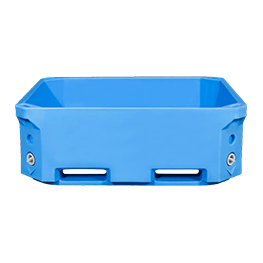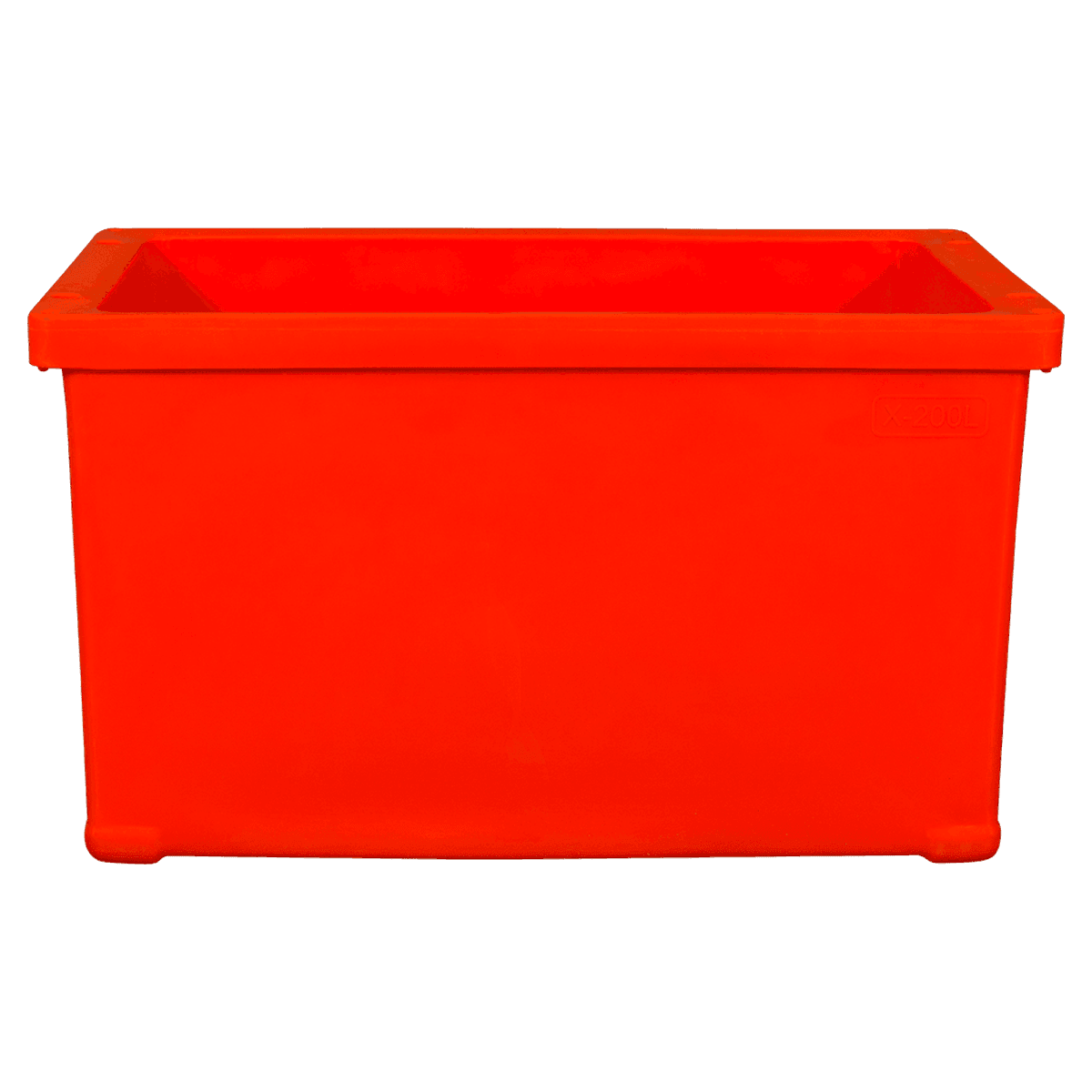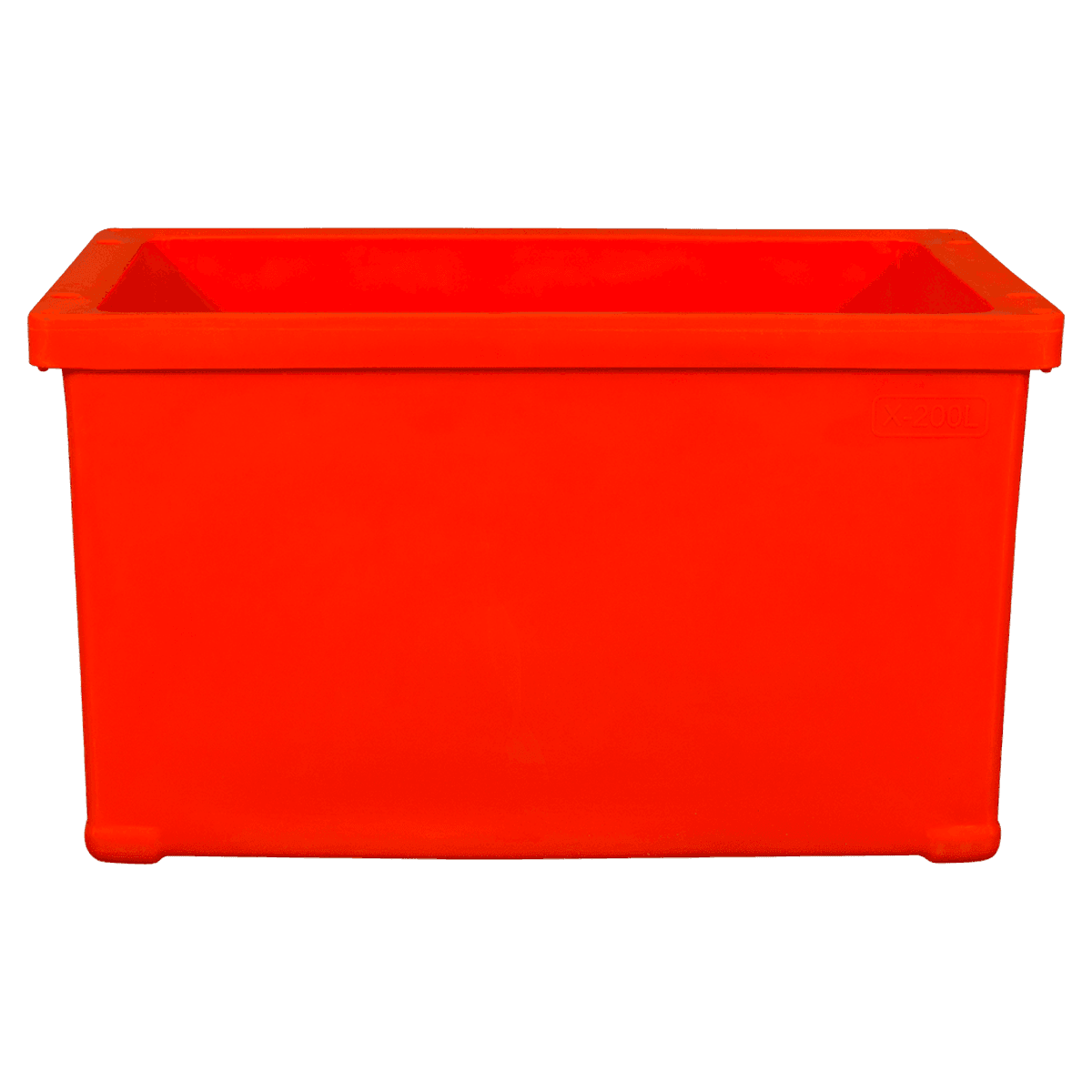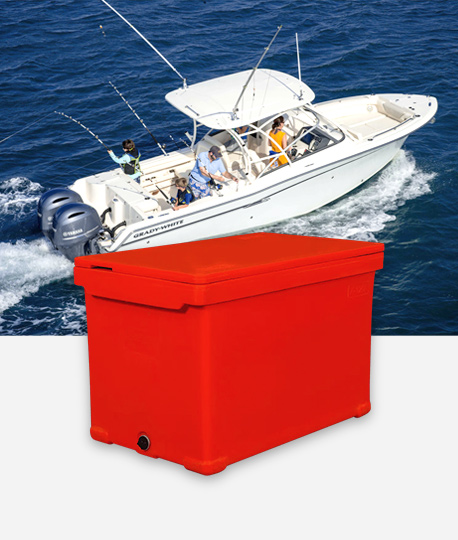Content
When it comes to shipping temperature-sensitive products, insulated plastic containers have become a critical tool for industries ranging from food distribution to pharmaceuticals and chemicals. These containers are designed to maintain the quality and safety of products during transportation by providing temperature control, environmental protection, and physical safeguarding.
1. Effective Temperature Control to Safeguard Product Integrity
Maintaining the right temperature during transportation is critical for products like perishable foods, pharmaceuticals, and cosmetics. Insulated plastic containers are designed to preserve an internal temperature range, preventing products from being exposed to heat or cold that could compromise their quality.
How They Work:
-
Advanced Insulation Materials: These containers feature foam insulation, polyurethane, or expanded polystyrene (EPS), which act as barriers against temperature fluctuations. The insulation helps to slow the transfer of heat and cold, ensuring that products like meat, dairy products, and biologics are kept at a safe temperature during transport.
-
Temperature Stability: Insulated containers are engineered to maintain stable internal temperatures for extended periods, ensuring that products are transported at their required temperature, whether it's frozen, refrigerated, or ambient.
For industries like pharmaceuticals, where products such as vaccines and biologic drugs need to be transported within narrow temperature ranges (often between 2°C and 8°C), the reliability of insulated containers is indispensable for ensuring product efficacy and safety.
2. Protection from Environmental Elements
In addition to temperature control, insulated plastic containers shield products from moisture, dust, and extreme weather conditions that could compromise their quality.
Benefits of Environmental Protection:
-
Moisture Resistance: Insulated containers provide protection against humidity and rain, ensuring that items such as medications or fresh produce are not compromised by water exposure.
-
Shielding from Extreme Temperatures: Whether it’s the scorching heat of a desert or the freezing cold of winter, insulated containers protect products from extreme weather, preventing the risk of freezing or overheating.
Environmental Protection Breakdown:
| Protection Type | Advantage
|
|---|---|
| Moisture Resistance | Safeguards products from damage caused by rain or humidity |
| Temperature Extremes | Prevents the negative impact of extreme temperatures on products |
| Physical Barrier | Minimizes the impact of dust or dirt entering the container |
This added layer of protection is essential for industries that deal with fragile or sensitive products that could easily be damaged by environmental factors.
3. Physical Protection for Fragile Goods
Insulated plastic containers not only regulate temperature and protect from external factors but also provide physical protection against impact and vibration, making them ideal for fragile or sensitive products.
Key Physical Protection Features:
-
Cushioning & Shock Absorption: The foam insulation inside these containers acts as a natural shock absorber, reducing the risk of physical damage during transit. Products like glass vials, electronics, or cosmetics benefit from this protective feature.
-
Durable Materials: Insulated plastic containers are made from high-quality, impact-resistant plastic, ensuring that they can withstand the rigors of shipping without compromising the product's safety.
Physical Protection vs. Traditional Packaging:
| Packaging Type | Shock Absorption | Impact Resistance | Ideal Use |
|---|---|---|---|
| Insulated Plastic Containers | Excellent | High | Fragile items like pharmaceuticals, electronics |
| Traditional Packaging | Low to Moderate | Low to Moderate | Less suitable for fragile goods like glass bottles or medications |
This physical protection is particularly important for high-value or high-risk shipments that need an extra layer of care to ensure their safe arrival.

4. Compliance with Industry Regulations
Regulatory compliance is non-negotiable, especially in industries such as food and pharmaceuticals, where specific temperature and environmental conditions are required. Insulated plastic containers help companies meet these standards and ensure that their products are transported under safe and regulated conditions.
Key Regulations Addressed:
-
Pharmaceutical Transport: Insulated containers are designed to meet Good Distribution Practices (GDP) and Good Manufacturing Practices (GMP), ensuring that medications and biologics are transported at the correct temperature and under the right conditions.
-
Food Safety: For perishable foods, insulated containers help meet industry standards such as HACCP (Hazard Analysis Critical Control Points), ensuring safe food transport without compromising quality.
Regulatory Compliance Table:
| Industry | Regulatory Standard | Compliance Role |
|---|---|---|
| Pharmaceuticals | GDP, GMP | Ensures products are transported at the correct temperature range (2°C to 8°C) |
| Food Industry | HACCP | Maintains required conditions for perishable food (refrigerated, frozen) |
| Chemical Products | Safety Standards | Protects hazardous or sensitive chemicals during shipping |
The ability to track temperature with integrated data loggers in many containers provides an additional layer of compliance verification.
5. Versatility for Different Products
Insulated plastic containers are highly versatile and can be customized to suit a wide variety of transportation needs, whether you're shipping small quantities of high-value pharmaceuticals or large bulk shipments of food.
Customization Options:
-
Variety of Sizes and Shapes: From small coolers for medications to large insulated crates for bulk food shipments, these containers can be tailored to fit the unique requirements of your business.
-
Modular Designs: Many containers are designed for stacking, optimizing storage space while ensuring that each product is protected from damage.
Container Customization Options:
| Product Type | Ideal Container Size | Insulation Type | Additional Features |
|---|---|---|---|
| Medications | Small to Medium | Foam, Vacuum-sealed Panels | Built-in temperature loggers |
| Fresh Produce | Medium to Large | Foam, Gel Packs | Easy stackability |
| Pharmaceuticals | Small to Large | Foam, Polyurethane | Moisture-resistant seals |
The wide range of options ensures that businesses can select the right container for their specific product and shipping conditions.
6. Sustainable and Cost-Effective Packaging Solution
In addition to their protective benefits, insulated plastic containers offer a sustainable and cost-effective alternative to single-use packaging materials. Many of these containers are built to be durable and reusable, reducing overall costs and waste over time.
Sustainability Benefits:
-
Reusability: Insulated plastic containers can be used multiple times, reducing the need for single-use packaging like foam or cardboard.
-
Recyclable Materials: Many containers are made from recyclable plastics, supporting businesses’ efforts to reduce their environmental footprint.
Sustainability Comparison:
| Packaging Type | Reusability | Recycling Capability | Environmental Impact |
|---|---|---|---|
| Insulated Plastic Containers | High | High | Low |
| Foam Packaging | Low | Low | High |
By investing in reusable containers, businesses can save costs in the long run while also promoting eco-friendly packaging.


 English
English Español
Español عربى
عربى 中文简体
中文简体
-4.png)
-4.png)
-2.png)

-2.png)
-2.png)




